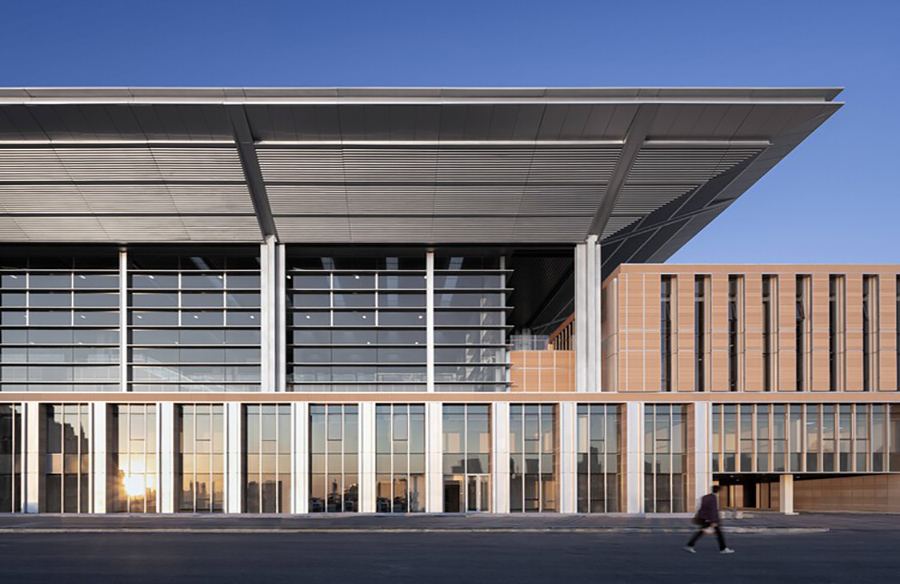Introduction
Beijing Fengtai Station, designed by von Gerkan, Marg and Partners (gmp) Architects, stands as a monumental addition to China’s transport infrastructure. Spanning nearly 400,000 square meters, it is not only Asia’s largest railway station but also represents a pioneering approach to railway design with its unique layout and functionality.
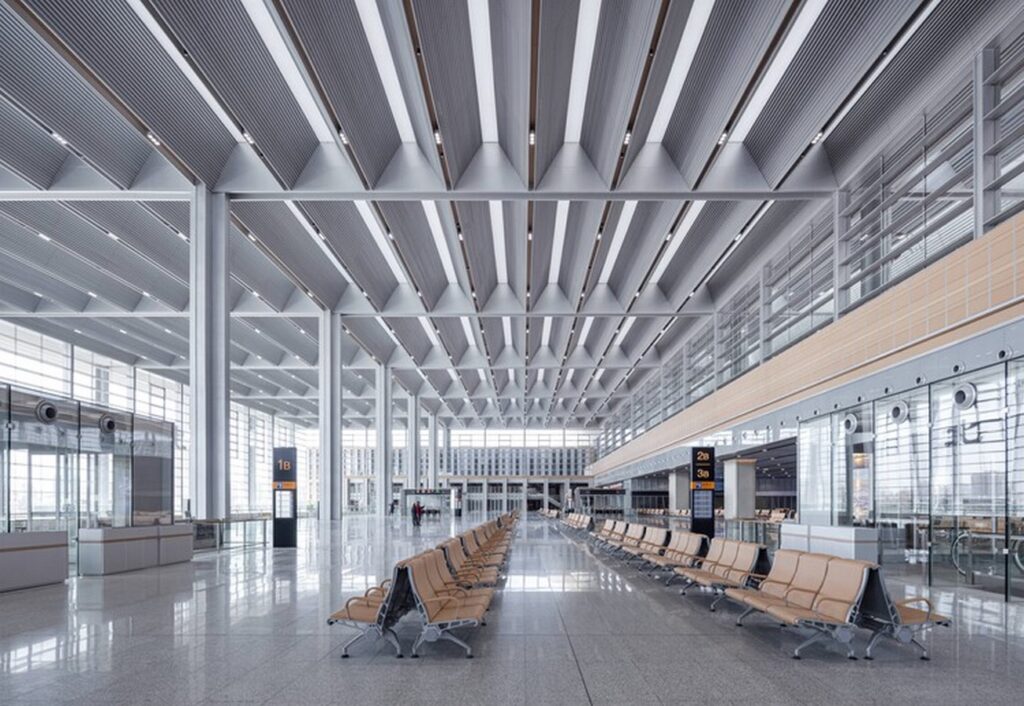
Innovative Design Features
Dual-Level Configuration
One of the station’s standout features is its dual-level configuration, with tracks for high-speed trains situated above those for normal trains. This innovative design not only optimizes space utilization but also streamlines passenger flow, making it more efficient and convenient for travelers.
Efficient Transportation Hub
Fengtai Station serves as a crucial transportation intersection, connecting high-speed rail lines from Beijing to Hong Kong and Zhangjiakou to Shanghai. With 12 tracks for high-speed trains and 20 tracks for conventional railways, as well as two underground lines, the station accommodates a diverse range of transportation services, catering to the needs of up to 20,000 passengers during peak hours.
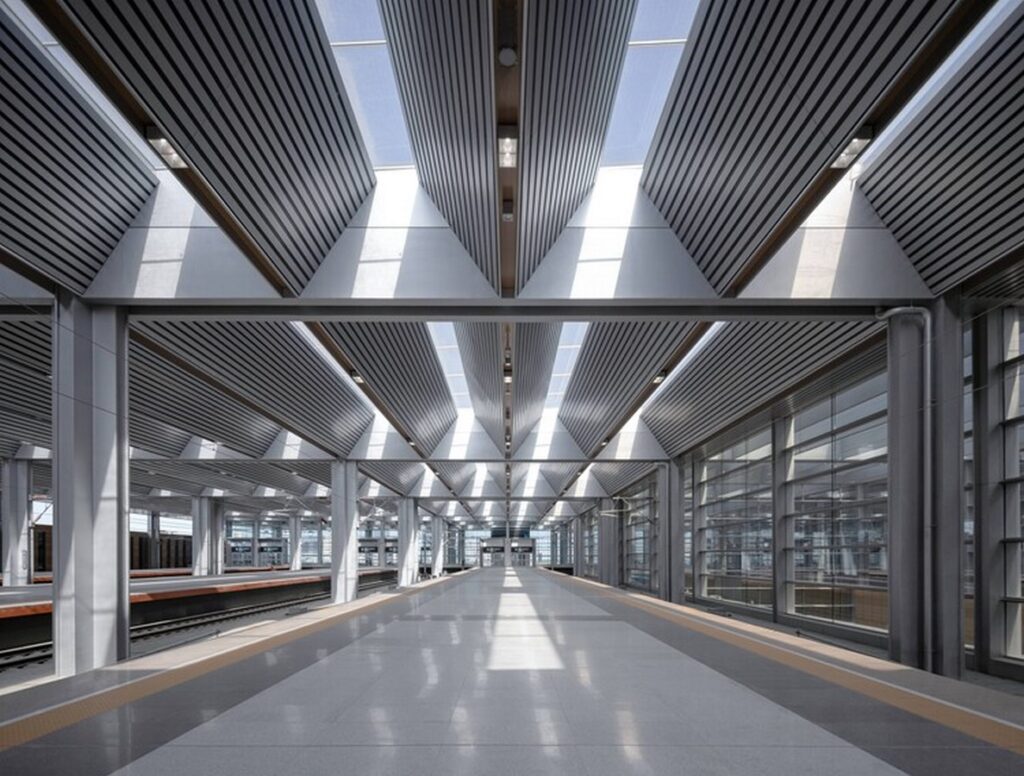
Rapid Construction Timeline
Despite its scale and complexity, the construction of Fengtai Station was completed in just over three years, demonstrating exceptional efficiency and project management. This rapid timeline underscores China’s commitment to advancing its transportation infrastructure to meet the demands of its growing population and economy.
Architectural Significance
Modern Aesthetics and Functionality
Fengtai Station features a sleek and modern design characterized by a colonnade-style facade and a spacious entrance hall flooded with natural light. Resembling an airport terminal, the station offers more than just transit facilities, incorporating retail outlets, check-in counters, and security zones to enhance the passenger experience.
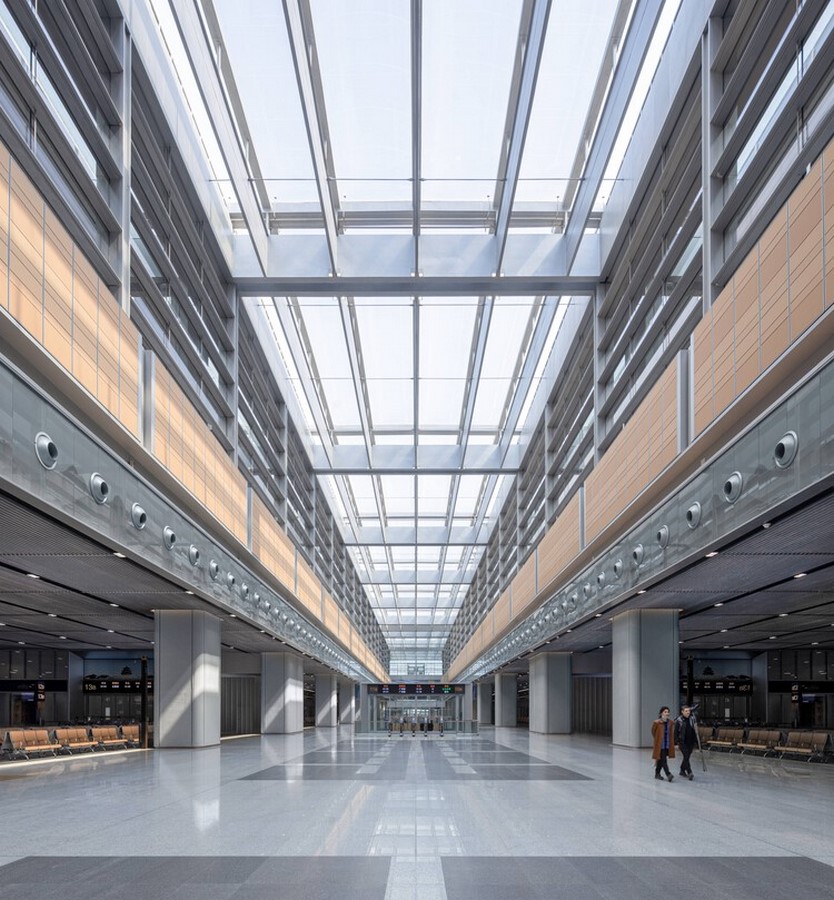
Sustainable Design Practices
An integral aspect of the station’s design is its focus on sustainability. The roof is equipped with solar modules capable of generating 7 million kilowatt hours of eco-power annually, significantly reducing the station’s carbon footprint. Fengtai Station has been recognized with the prestigious “China 3-Star Green Building” certification for its environmentally conscious design.
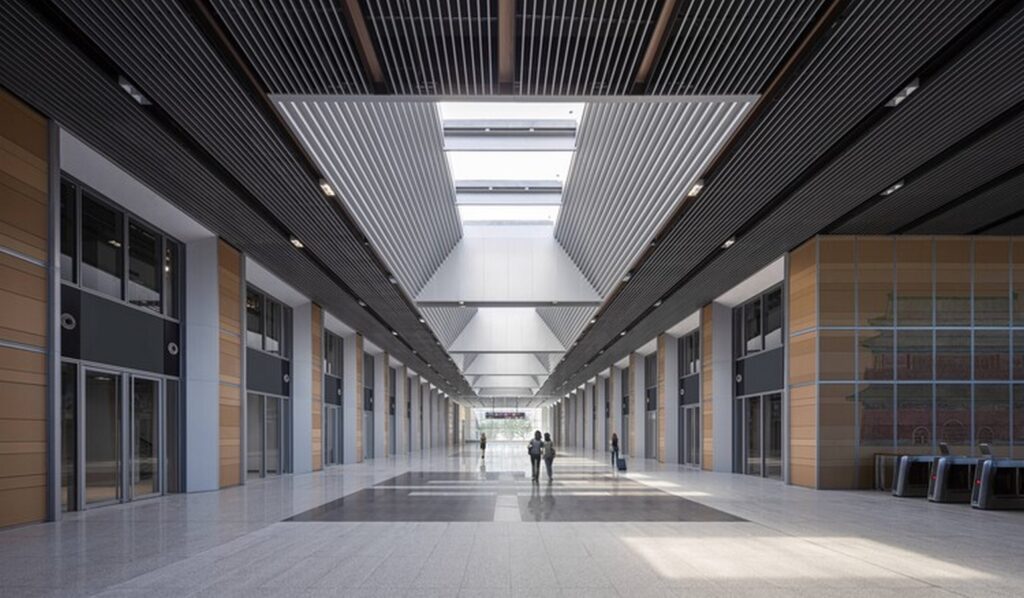
Conclusion
Beijing Fengtai Station represents a paradigm shift in railway station design, blending innovation, efficiency, and sustainability to create a world-class transportation hub. As China continues to invest in its infrastructure, projects like Fengtai Station play a vital role in shaping the future of urban mobility and connectivity. With its impressive scale, advanced features, and architectural significance, Fengtai Station stands as a symbol of China’s ambition and progress in the field of transportation infrastructure development.


